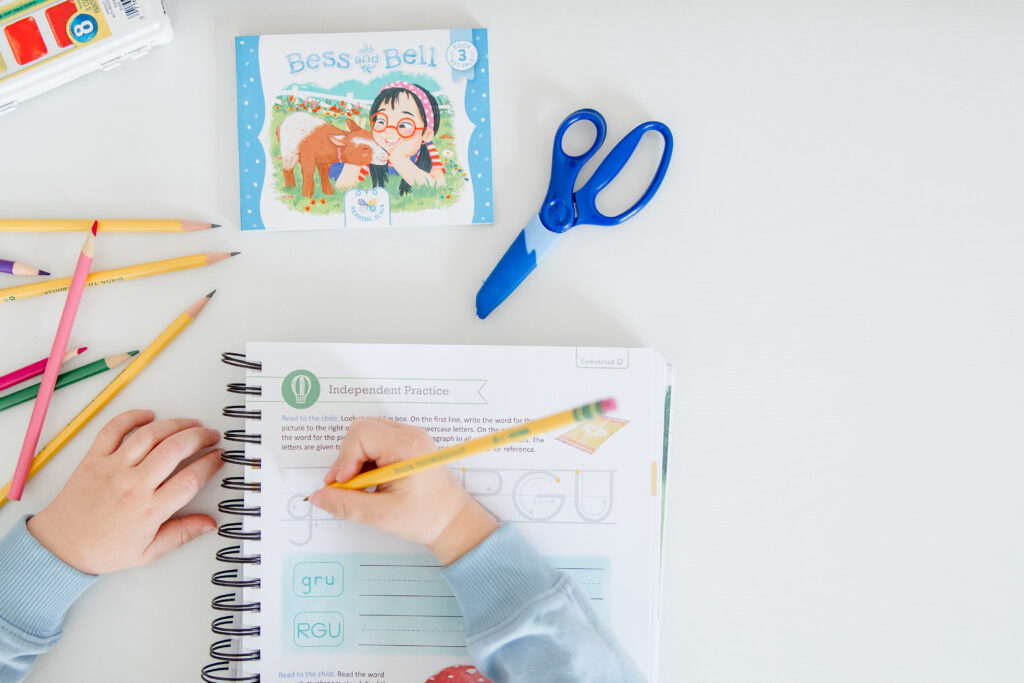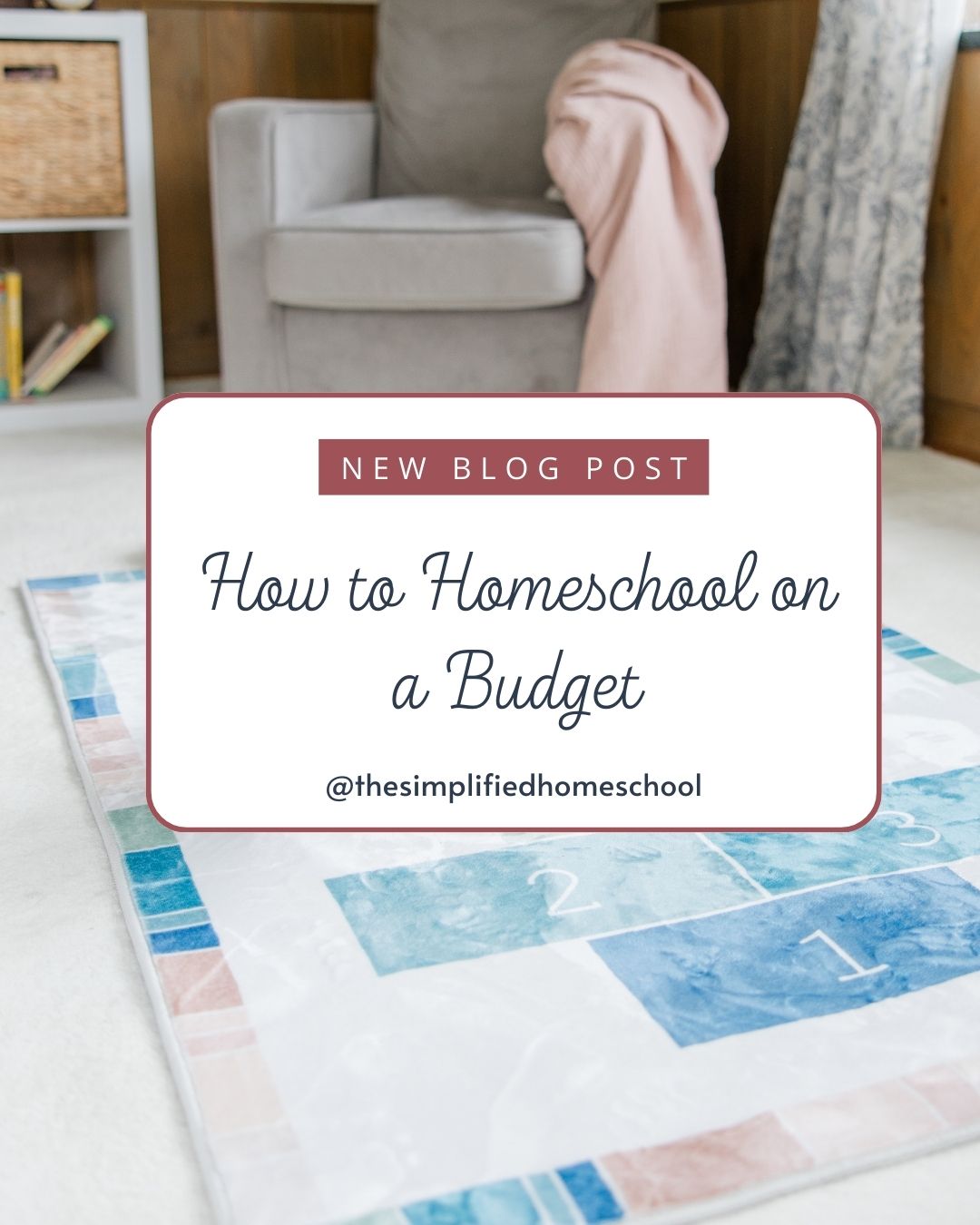How to Homeschool on a Budget
Homeschooling doesn’t have to drain your bank account—if you know a few tricks, stretch your resources, and use what’s already out there, you can give your kiddos a great education without the overwhelm or the debt. (If you live in West Virginia, there are perks designed to make homeschooling even more affordable.) Let’s walk through how to make your homeschool plan budget-friendly.
What Makes Homeschooling Costly (So You Know What to Avoid)
Before we get into hacks, here’s what usually adds up in cost:
- Curriculum that requires a lot of extra purchases (books, manipulatives, teacher’s manuals)
- Buying new materials instead of used
- Paying full price for apps or online services without free trials or sliding scale versions
- Supplies and tech that are fancy but not always necessary early on
If you can keep those in check, you’re already ahead.
Smart Ways to Save Money
Here are proven ways to homeschool well without spending a fortune:
- Use Free or Low-Cost Curriculum
Many homeschooling curriculum companies offer free PDFs, sample lessons, or full-course downloads you can work with. One that stands out is The Good & the Beautiful. They have free full-course Language Arts and Math downloads K-8, free printable language arts, and lots of sample lessons/resources you can try. The Good and the Beautiful+2The Good and the Beautiful+2 - Buy Used or Swap
Textbooks, workbooks, manipulatives—lots of homeschool families sell theirs once done. Facebook groups, local homeschool resource sharing events, thrift stores. You’ll save big. - Use the Library
Your local library likely has books, audiobooks, DVDs, and sometimes online educational tools. You can borrow what you need instead of buying. - Apps & Online Tools with Free Tiers or Trials
Before committing to expensive online subscriptions, test free trials or use apps with basic free levels. Sometimes the free version covers most of what you need for a long time. - Prioritize What Matters Most
Early on, reading aloud, basic math, and character & nature studies often give higher return on time and money than elaborate art projects or multiple electives. You can add extras later.
West Virginia Hope Scholarship — Big Help for WV Families
If you’re in West Virginia, you’ve got a resource that a lot of homeschool families don’t: the Hope Scholarship. It’s a type of educational savings account (ESA) that helps pay for homeschool curriculum, learning materials, online classes, etc. Hope Scholarship+1
- It awards funds (around $4,900+ per student depending on grade and timing) that can be used for many homeschooling expenses.
- If you apply early in the scholarship period, you usually get more funding; as the year goes on, the amount declines.
- Starting in 2026-27, the program will expand so all West Virginia school-aged children will be eligible, not just those who have already enrolled in public school or meet certain past enrollment criteria.
So if you live in WV, this can seriously offset a lot of your homeschool costs if you plan ahead.
Free PDFs & Resources from The Good & the Beautiful
Here are some of the gems from The Good & the Beautiful that I’d use:
- Free full-course Language Arts and Math for grades K-8 in PDF form. The Good and the Beautiful
- Free sample lessons & freebies: printable Language Arts levels, handwriting workbooks, “Nature Reader” short story books. The Good and the Beautiful+2The Good and the Beautiful+2
- Free Math 1 & Math 2 courses (PDFs) with fun activities & games. The Good and the Beautiful+1
These can cover a big chunk of what you need for core subjects without costing anything (or very little, if you choose to upgrade physical items later).
Putting It Together: A Sample Budget-Friendly Homeschool Year
Here’s how a low-cost homeschool year could look using these strategies:
| Expense Item | Low-Cost Option | Estimated Cost |
|---|---|---|
| Language Arts / Math | Use Good & the Beautiful PDF downloads | $0 (just maybe printing or binding) |
| Science / History | Mixed free online resources + library books | $50-$100 (supplies only) |
| Online tools/apps | Free trial or free-tier apps where needed | $0-$30 total |
| Supplies & manipulatives | Used / hand-me-downs / basic materials | $50-$100 |
| Scholastic extras / field trips etc. | Plan free-or-low cost local trips | $20-$100 |
With something like the Hope Scholarship help + free curriculum downloads, you might be able to homeschool for under $300-$500 for a full year (for younger grades especially).
Homeschooling doesn’t have to be expensive. With free curriculum downloads like The Good and the Beautiful, smart shopping through used swaps, and—if you’re in West Virginia—the Hope Scholarship covering major expenses, you can set up a rich learning environment without breaking the bank as you learn how to homeschool on a budget.
At the end of the day, your kids don’t need the fanciest manipulatives or the newest boxed set. They need consistency, connection, and a parent who’s willing to guide them and read to them. And you can do that—even on a tight budget.
👉 Want help getting organized without spending hours piecing things together? Grab my free Simplified Homeschool Checklist for a simple, step-by-step starting point.
And if you’re ready for even more support, the Simplified Homeschool Starter Kit is designed to save you time, stress, and money. It’s full of plug-and-play templates, routines, and resources that make homeschooling doable—even on the busiest days.
Cheering you on,
Katelyn


View comments
+ Leave a comment